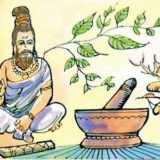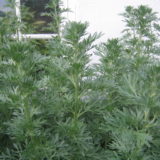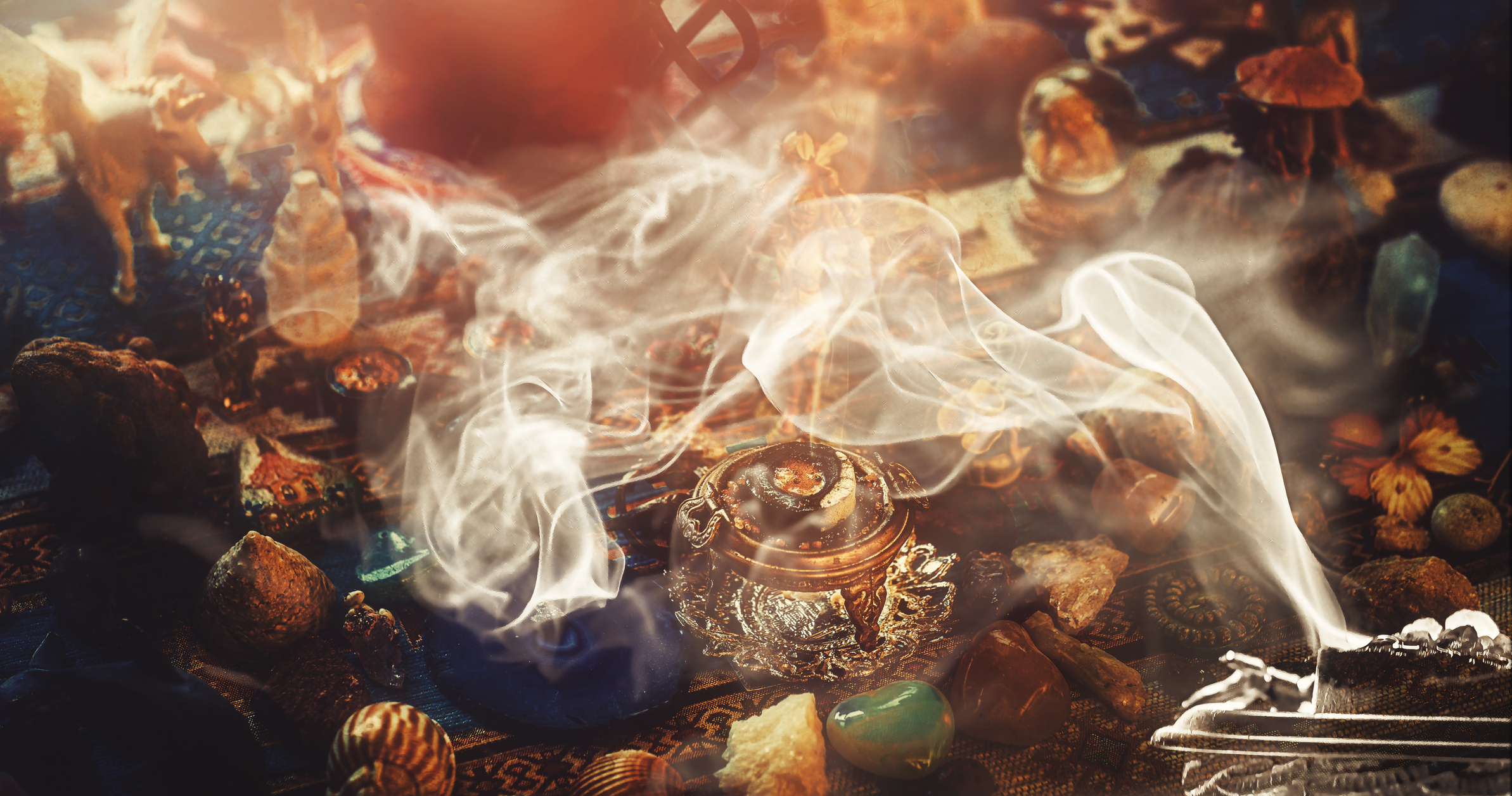
Table of Contents
Ritual Uses of Psychoactive Substances
What Plants Are Used in Religious Ceremonies for Their Psychoactive Properties?
Many people frequently email Botanical Shaman asking if there are any psychoactive substances or plants used during religious ceremonies? The answer is undoubtedly YES! There are dozens, if not hundreds of plants which have historically made their way into religious practice. Some of them are still used to this very day. This list is a combination of some of the most popular, well-known uses of psychoactive substances or plants in religion. While not all of them are used for ceremonial purposes, they are either considered sacred, or used in some other form within the denoted religion.
Top Psychoactive Plants Used During Religious Ceremonies
This list is in no particular order. Some of the substances are (or contain) illicit substances, others are completely legal. This is a comprehensive list of most of the popular substances used in religious ceremonies.
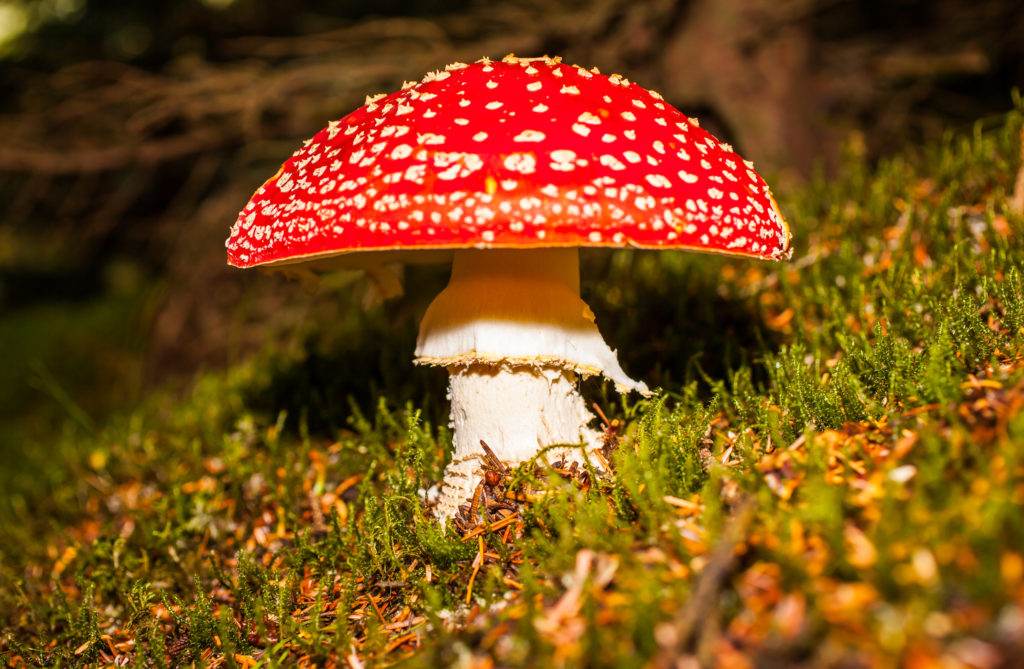
Fly Agaric Mushroom
Fly agaric mushrooms, also known as Amanita muscaria, is most commonly found in ayahuasca concoctions, or used as a visionary inducer. It can be found in many Mexican and South or Central American herbal teas.
Tobacco (typically cigars or smoked)
Tobacco is typically smoked and found throughout a variety of religions. It is very popular amongst the Native Americans, being used as a sacred herb. Although not all Native American tribes considered tobacco a sacred plant, it was prevalent enough to make the list.
Ayahuasca (DMT) [aka Yage]
Ayahuasca is very popular amongst Central and South American cultures, and is very prominent amongst the cultural religious trends within the areas. The primary ingredient in Ayahuasca is almost always some form of DMT (whether it comes from Acacia bark or another source). DMT is a powerful hallucinogen, also known as the “spirit molecule” for its ability to invoke strong visions and life-transforming experiences.
Snuffs
There are a variety of snuffs used throughout various religions in the world. They are very popular in Central American, South American, African, and Indigenous Australian tribal healing rituals. Typically snuffs are snorted, sometimes using a pipe-like tube or other tubular object.

Cebil
Cebil, also known as Anadenanthera colubrina, is another herb typically found in healing rituals throughout the world, although most popular in its native region of South America. The seeds of this species contain some of the highest contents of DMT and bufotenine naturally available.
Mushrooms
There are many types of mushrooms used throughout the world for religious purposes. Some of the most powerful mushroom concoctions used in religious ceremonies use specific species of mushrooms including psilocybe, panaeolus, and copelandia. The religions which commonly use psychedelic mushrooms include some South American and Central American tribes, as well as the Hindu religion.
San Pedro and Peyote Cactus
San Pedro cacti contains mescaline and is most commonly found throughout Central and South America. It is sometimes used in Mexico and the Southern United States. It has become a prevalent religious icon in Native American Tribes, Mexican religions, and (most popularly), the Andean shaman. The cacti have the potential to produce powerful hallucinations which are claimed to be healing and therapeutic in nature (when used for the right purposes). The Peyote cactus is typically sought out for the same reasons.
Hemps and Cannabis

Cannabis and hemp have long been a part of many religious and ceremonial traditions. Some of the most popular religions to use the herb for ceremonial or healing properties include Buddhism, Shintoism, Sufism, and Christianity. It is also popular amongst many tribes throughout Africa and Asia, and very commonly used by shaman of a variety of religions.
Kinnikinnick
Kinnikinnick is a popular tobacco substitute. The herb is very frequently used for its medicinal properties, especially amongst the Native Americans, who treasure a combination of its leaves and barks for smoking or brewing tea. It has a lot of medicinal properties in addition to its psychoactive properties, including being antimicrobial, a mild diuretic, and having an ability to combat urinary tract issues.
Thorn Apples (especially the Datura species)
Thorn Apples are well-known throughout many religious ceremonies and cultures. They are very commonly found in the use of visionary quests for their highly hallucinogenic properties. They are also very commonly used for divination amongst shaman. This can be found in cultures all over the world, but very prominently within Central and South American tribes. This plant is also known as the Devil’s Trumpet, Jimsonweeds, and Moonflower.
Balche
Balche is considered a “rite of passage” herbal brew, being used in many religious ceremonies. It is an herbal tea and an intoxicating drink most popular among Mexican and Central American cultures, especially the Mayans. It is made from the bark of the leguminous tree, and typically soaked in honey and water before being fermented into a drinkable beverage.
Iboga

Iboga is a rainforest shrubbery most indigenous to the Central African region of the world. It is found used among many African shaman as a rite of passage plant and very commonly found in African ceremonies for its hallucinogenic effects. It has many other medicinal uses including being used as a general tonic, sexual libido booster, and to improve stamina.
Kava Kava
Kava Kava has long been used as a substitute for coffee, as it produces a stimulating effect very similar to caffeine. The herb is typically crushed or chewed, and then the extract remains of this crushing ritual consumed as a much larger tea concoction by the tribe or religious village. Something about the saliva chewing the roots makes for a better extraction, however, nasty.
Cola Nuts
Cola Nuts are known to symbolize respect and friendship. They are given as a sign of hospitality. It has been most frequently used in celebratory ceremonies, such as weddings or funerals. It has been said in many cultures that the nuts possess special properties which act as a sort of “charm spell.” Sometimes it is called a “Kola Nut,” and contains caffeine, which offers mild psychoactive properties.
Pituri
Normally Pituri refers to plants which yield nicotine extractions, although, it is technically a mix of leaves and wooden ash. This mixture would be chewed by the Aboriginal Australians as a mild stimulant. It is frequently found throughout many of their cultural and religious rituals.
Henbanes
The Henbane is also known as the “Witch Drug,” for its ability to produce mild mystical effects throughout many historical, European ceremonies. It is a toxic plant, providing many hallucinogenic properties. For this reason, it can be said to produce visions and divinations of the past, present and future. It is very commonly noted as a hallucinogen throughout the middle ages, although it is still used to this day.
Angel’s Trumpets
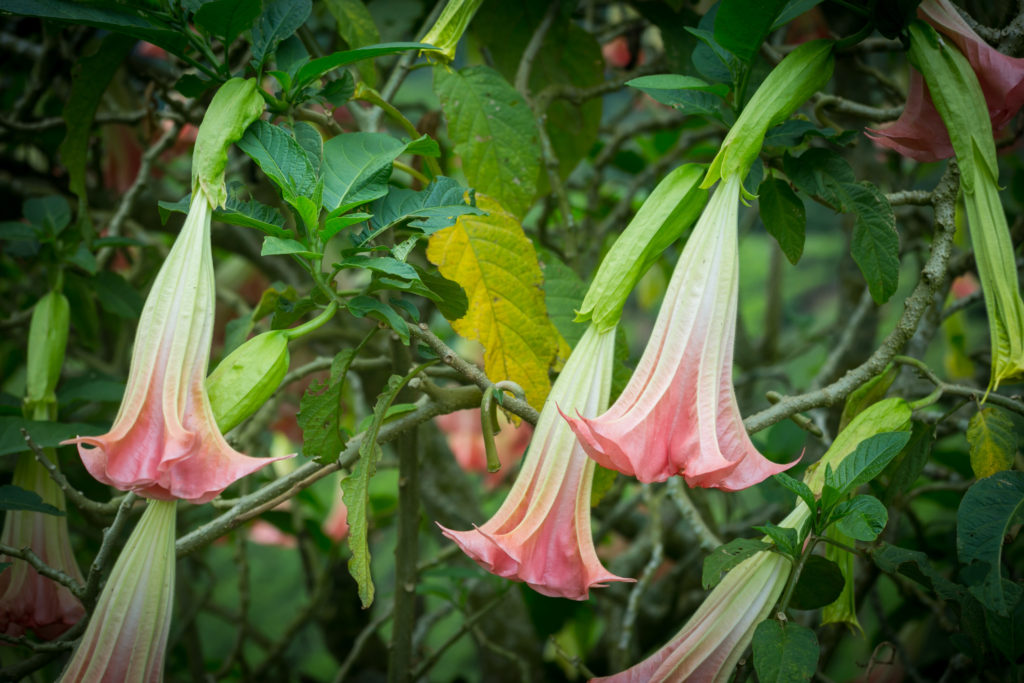
The Angel Trumpet is extremely seductive, very hallucinogenic, and very deadly. While very poisonous, it is still historically found used throughout a wide array of religious ceremonies by the Native Americans, Central Americans, and South Americans alike. In smaller doses it has been used as an aphrodisiac (although still dangerous). The alkaloids have a highly psychoactive effect in low doses, and have been considered fatal in high doses.
Ololiuqui and Teonanacatl
These two drugs are very commonly known throughout traditional Mexican culture, being used in many religious ceremonies. It is one of the common religious entheogens used by the Aztecs. Although it has many genuine medicinal uses, it has been very frequently used for its hallucinogenic properties, both in religious rituals and recreationally.
Salvia Divinorum
Salvia Divinorum is very commonly used by South American and Central American tribal priests and shaman for its ability to produce extremely lucid visions. It is a short trip, but often extremely revealing and said to give the user a closer relationship with nature. This is a powerful hallucinogen.
Saguaro
Saguaro is very frequently used by desert populations, especially for religious purposes. There is a sacred connection between the cactus and the environment. It symbolizes strength, nature, and a connection to animals. Many users claim it has tremendous psychedelic properties, offering hallucinations for a variety of religious ceremonies by its native people.
Nutmeg
Nutmeg is most commonly used throughout Indian culture for its medicinal value in today’s culture. However, there was a time when it was more heavily used for religious purposes in the Hindu religion. It has also been leveraged in wars as a valuable commodity.
Ilex Cassine
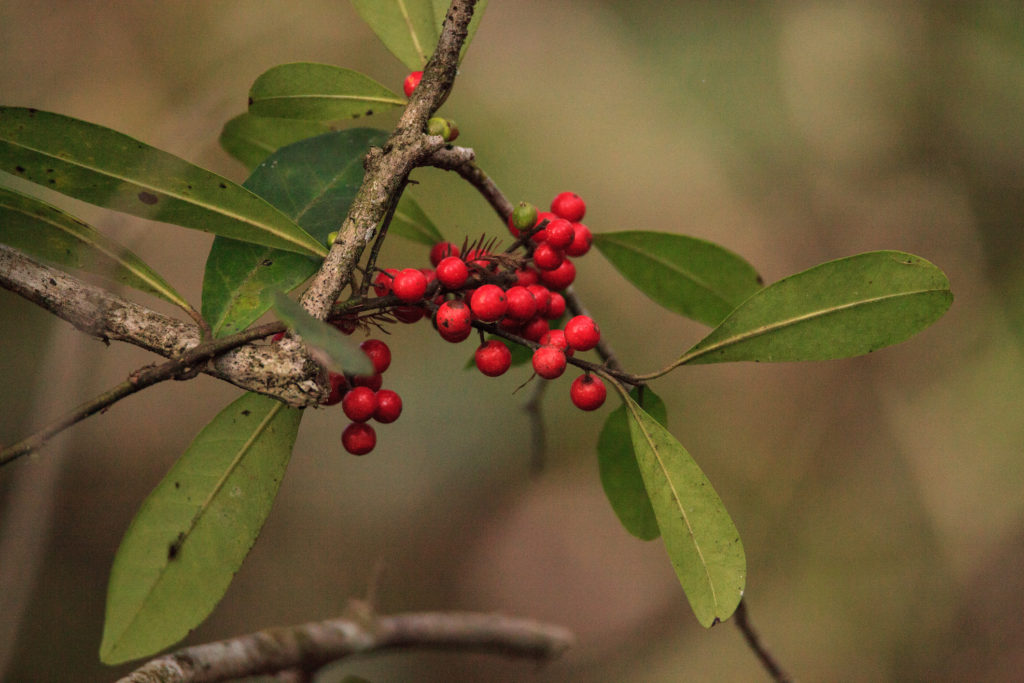
Prominent in the Native American region of the world, Cassine is a genus of tree tolerating wet, shady environments. It has been a part of the concoction known as the “Black Drink,” used in many religious purification ceremonies. Containing caffeine, the drink is commonly perceived as psychoactive and provides mild stimulant-like effects.
Guayusa (Ilex guayusa)
Guayusa is a species of the Holly genus which grows in the rainforest (most notably the Amazon). It is a common component of the famous Ayahuasca drink. It has been popular amongst a variety of religious ceremonies for this reason.
Mandrakes and Blue Lotus Flower
The Mandrakes, or the water lilies, are very commonly found in ancient Egyptian ceremonies. This is especially true of the Blue Lotus Flower and the Mandragora species. It is said they provide sedative and healing-like properties.
Damiana
Damiana is a very common tobacco and marijuana substitute. It is often smoked by shaman and religious tribes around the world for its relaxing and sedating effects, as well as its sweet aroma. It is commonly used as an incense in many religious practices as well.
Oriental Joy Pills
Oriental Joy Pills typically refers to a combination of ingredients including opium, cannabis, datura, and spices. These pills have been frequently used throughout many Asian cultures for many religious purposes. They are used as aphrodisiacs, for healing rituals, and for visionary quests. Unfortunately, their exact concoction (much like Ayahuasca), is almost always different, and thus the effects can almost never be relied upon to be the same.
Yohimbe
Yohimbe is usually utilized as a sexual healing medicine, as it promotes blood flow and arises easier erections in men. It is also great for increasing blood circulation in general, as well as being used for a variety of sexual magics. These magics and rituals include Tantra, Taoism, and the Cult of Aphrodite.
Madzoka Medicine
Madzoka Medicine is commonly found within the culture of the Malawi, who use it as an herbal mixture for a variety of medicinal and religious purposes. It is ceremonial used to induce a trance which produces divination-like effects. It is a hallucinogenic concoction very commonly used throughout Africa, South America, and specifically Brazil. It can be found in a variety of healing rituals as well.
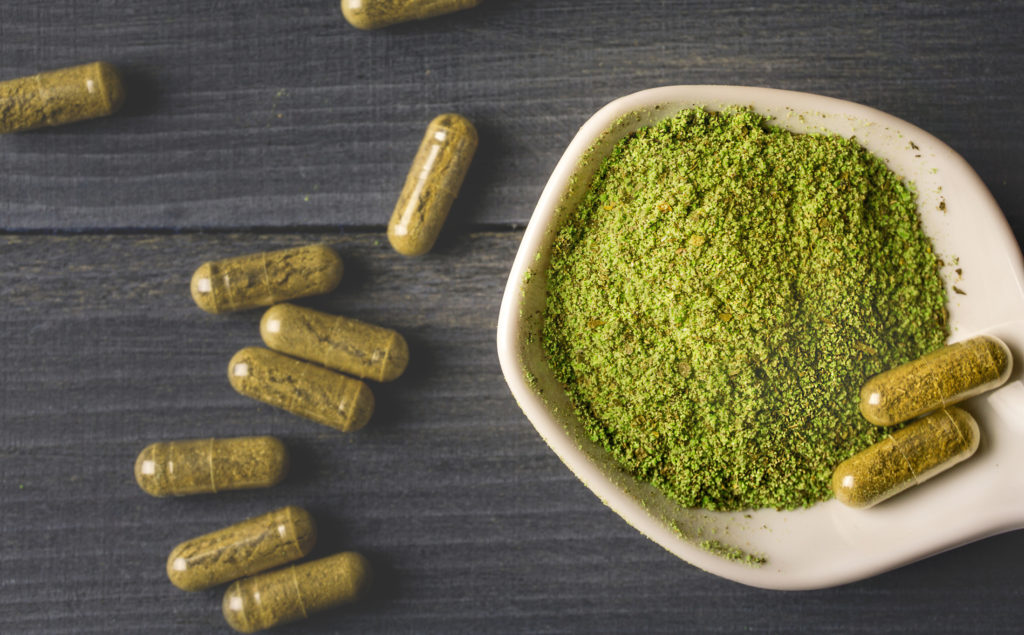
Kratom
Kratom is very popular throughout Eastern culture, especially in Asian countries and Indonesia. It is both a stimulant and a sedative, depending upon its dosage, and has made its way into many religious and tribal practices throughout the area.
Haoma
Haoma is considered a sacred plant, found throughout the Persian culture. It is typically used in Indo-Iranian religious sects for its strongly medicinal properties, but also holds a powerful significance throughout their mythology. Creating a drink from the plant is said to hold tremendous ritualistic properties, and it is connected with the deities.
Kykeon
The Ancient Greeks considered Kykeon a sacred drink. Although it could have been composed of a variety of ingredients, it is commonly referred to as a psychoactive beverage utilizing only naturally occurring substances. Some suspect wine to be a prominent ingredient, although historical records vary.
Cocoas
While there are many uses and types of cocoa brews, Cacao is most commonly used for its ability to produce cocaine and found throughout many cultural and religious rituals around the world.
Khat
Khat, also known as Qat, is a flowering plant found in East and Western areas of Ethiopia. It is psychoactive due to the cathinone alkaloids which produce a sense of stimulation and mild euphoria. The plant is also used as an appetite suppressant and weight loss remedy, despite its many religious uses.
Final Words from the Botanical Shaman
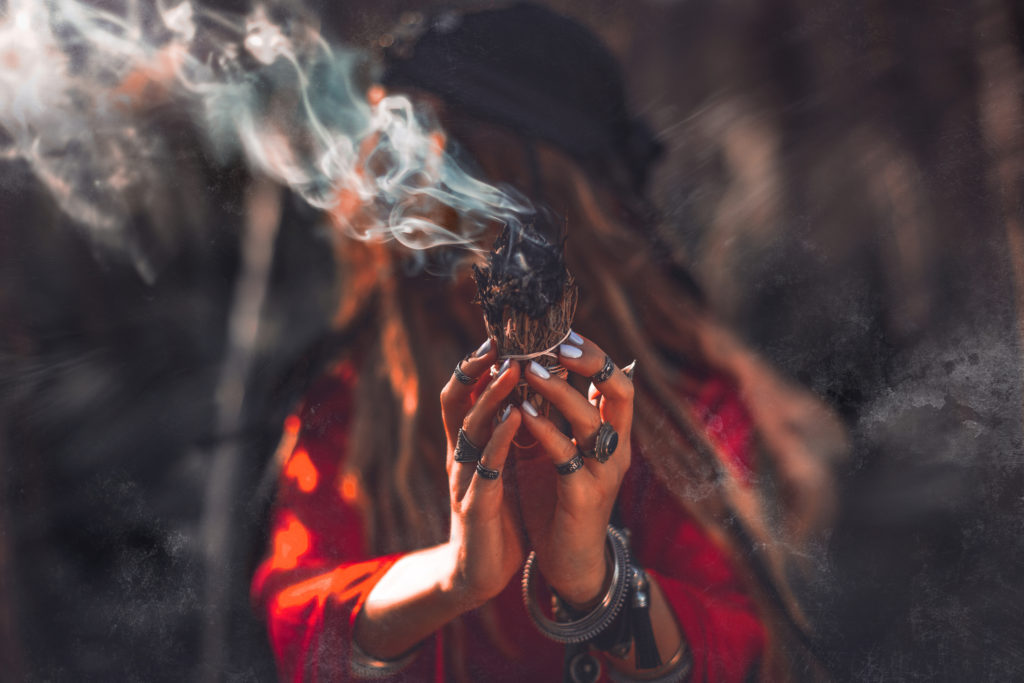
Although there are nearly infinite plants and religion combinations, this is a most comprehensive list of the religious plants found in many of the common religions and their ceremonies. Some of them are more psychoactive than others, invoking hallucinations or feelings of visionary transportation. Others are merely relaxants, or mild sedatives. And some might just be used as stimulants. Regardless, it is evident that psychoactive plants have been found throughout many religious ceremonies throughout the past and present.



